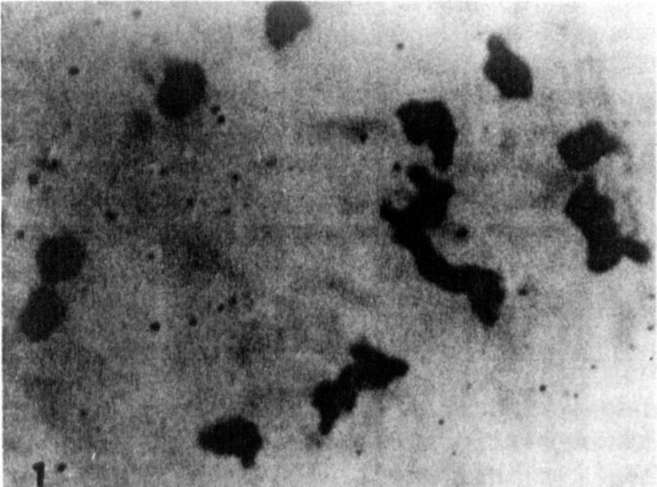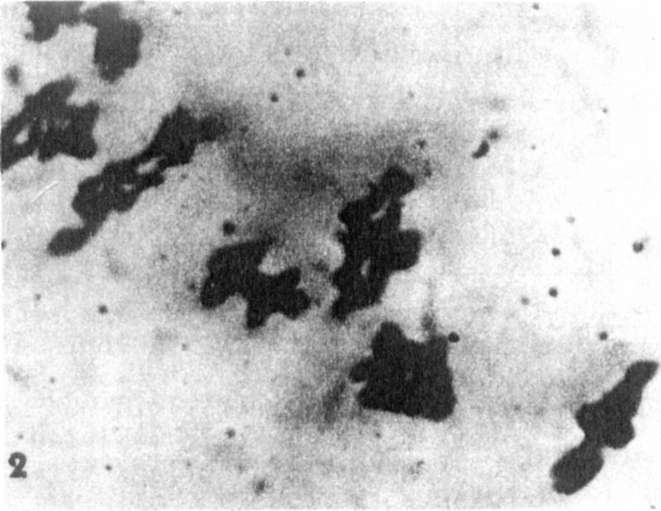PNL Volume 19
1987
RESEARCH REPORTS
CYTOLOGICAL STUDIES ON THE PROGENIES OK TETRAPLOID PLANTS OF
PISUM 1/
PISUM 1/
Conicella, C. CNR, C. S. Miglioramento Genetico
Ortaggi, Portici, Italy
and A. Errico CatLedra di Genetica Agraria
and A. Errico CatLedra di Genetica Agraria
Universita di Napoli, Portici, Italy
Six plants ot _P. sativum (JI 863) and three plants of P.
fu1vum (J I 865)) obtained as tetraploids from the John Innes Ins-
titute (Norwich, U.K.). were confirmed to be tetraploid
(2n=4x=28).
fu1vum (J I 865)) obtained as tetraploids from the John Innes Ins-
titute (Norwich, U.K.). were confirmed to be tetraploid
(2n=4x=28).
Mitotic and meiotic analyses on the progenies of these plants
are reported in Table 1. Four plants of the progeny oi a tetra-
ploid of Pisum sativum were 2n=28; meiotic analysis carried out on
one ol these plants showed cells with 14 bivalents and cells with
quadrivalents (Fig. 1).
are reported in Table 1. Four plants of the progeny oi a tetra-
ploid of Pisum sativum were 2n=28; meiotic analysis carried out on
one ol these plants showed cells with 14 bivalents and cells with
quadrivalents (Fig. 1).
The progeny of one P. fu1vum tetraploid had a chromosome
number varying from 28 to 30; the meiotic analyses on three of
these plants showed associations of four and five chromosomes
(Fig. 2) and never 14 bivalents.
number varying from 28 to 30; the meiotic analyses on three of
these plants showed associations of four and five chromosomes
(Fig. 2) and never 14 bivalents.
The presence of two pentavalents in the plants with 2n_=30
indicates that the two additional chromosomes are different.
indicates that the two additional chromosomes are different.

Fig. 1. Diakinesis showing 121I+1IV in the
plant "A" of P_. sativum with 2n=28.
plant "A" of P_. sativum with 2n=28.
1 Contribution no. 28 from Centro di Studio per il
Miglioramento Genetico degli Ortaggi-CNR, Portici, Italy
